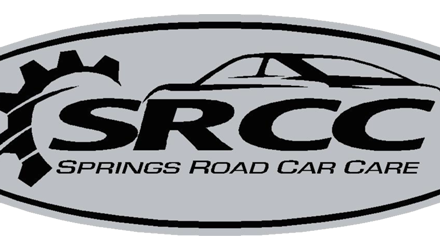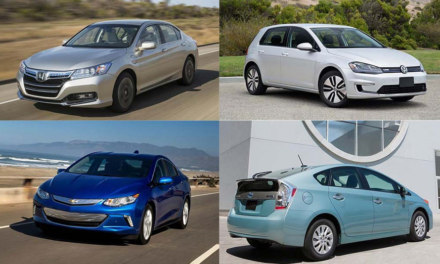A car’s steering system is composed of the steering wheel, the steering shaft, the rack and pinion, and the linkage to the wheels. Many cars have a steering assist mechanism, which works by reducing friction and assisting the driver in turning the car. Some cars have hydraulic steering assist, which requires power-steering fluid. Electric systems use battery power and require much less maintenance. Here’s a breakdown of how these systems work.
A steering system helps the driver to steer and control the car safely and effectively at high speeds. It should be able to cope with various road surfaces and bounces, as well as absorb road shocks. Because of the complicated nature of a vehicle’s steering system, a thorough understanding of its components is crucial to ensure a smooth ride and to avoid accidents. This article will discuss the different types of steering systems, as well as the components that make up the different types of systems.
A steering system is designed to prevent tire slippage while making turns. Each wheel should roll on a common arc with the others. The inner wheel must be turned through a larger angle than the outer one, so that the two front wheels toe out when making a turn. This is called the Akerman principle. If the two front wheels roll out at the same time, the car will turn without tire slippage. However, if the outer wheel is turned through a large angle, the two front wheels will toe out.
The steering system consists of a series of components. The first part is the steering wheel. The steering wheel is mounted on a cross shaft that rotates on a single axis. The second part is the intermediate shaft. Both of these parts are connected by a shaft that runs along it. The third component is the steering rack. It consists of gears that transmit rotational motion through the intermediate shaft and the pinion gear.
Another key component is the steering system. In a car, it is essential to steer straight, maintain a position, and turn at the driver’s will. This is accomplished through a steering wheel. The wheels in a car are the front and rear wheels. The front wheels are the most important component of the car, and should be symmetrical, and be oriented in order to keep them both in front of the road.
A steering system translates the driver’s input into linear motion. When a driver makes four turns of the steering wheel, the rim moves 16 feet (5 meters), while the edge of the road wheel moves 12 inches (300 mm). This is a far greater distance than a human can do directly, but the steering system allows the driver to steer with light force. While this is a major feature of the steering system, the other parts of the steering system are important, too.
The steering system converts a driver’s movement into angular turning of the front wheels. It is a mechanical system that uses leverage and mechanical advantage to help the driver turn the car. It also requires a steering knuckle, which is connected to the front wheels and the front end of the axle. The wheels are powered by a worm. Unlike a manual transmission, a car’s steering system is designed to withstand road shocks.
The steering system is used to provide the driver with directional changes for a moving vehicle. A steering system is made up of gears that are geometrically aligned. Its wheels should be flexible and friction-free to avoid causing unnecessary stress on the steering mechanism. In addition, the system should be lightweight, stable, and self-adjusting. Its weight should not be too heavy to drive, which is why it is connected to the wheel by a universal joint.
In a car, the steering system enables the driver to maneuver the vehicle at high speeds. It must also be able to cope with road variations and bounces. It should also be able to absorb shocks and keep the car straight. If it doesn’t, it can cause a collision. In addition, the steering system has a variety of other parts. For example, the wheel knuckle carries the front wheels, and the rack and pinion steering gear contains a ball and pinion mounted on the end of the shaft.








RECENT COMMENTS